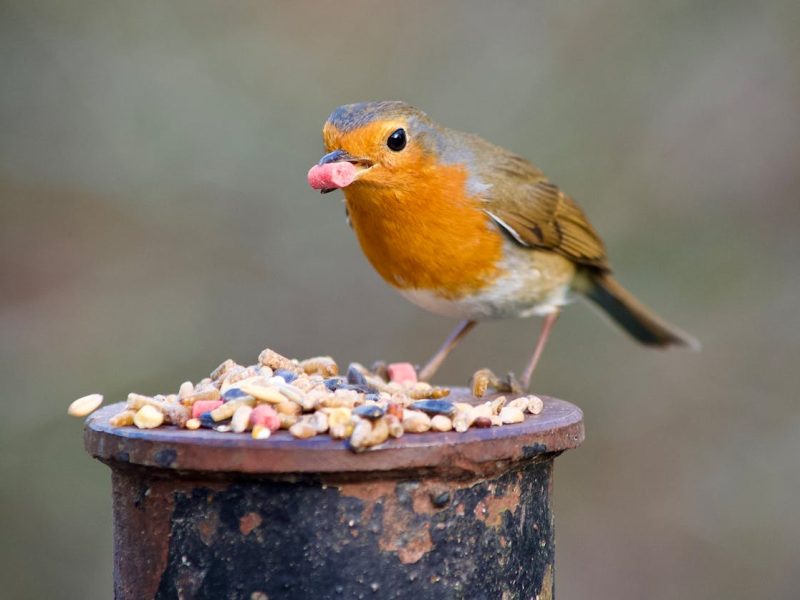Have you ever tried to photograph the birds visiting your backyard feeder? If so, you know it’s not as simple as it seems. Those feathered friends can be incredibly skittish, taking flight at the slightest disturbance. (A personal anecdote about a frustrating bird photography attempt could go here.)
Getting up close and personal with feeder birds requires patience, preparation, and a gentle approach. But don’t worry, with the right techniques, you can capture stunning photos right from the comfort of your home.
Understanding Bird Behavior
Before we dive into the “how,” let’s talk about the “why.” Birds are naturally wary creatures, and for good reason – their survival depends on being alert to potential threats. Even something as innocuous as a person moving near a window can trigger their startled response and send them fluttering away.
Birds also have predictable routines and patterns when it comes to feeding. By observing when and how they visit your feeders, you can anticipate their movements and be ready for the perfect shot.
Setting Up for Success
Now that we understand our feathered subjects a bit better, it’s time to prepare our photography setup. First things first, choose a window with a clear view of your feeders and good natural lighting.
If possible, position yourself at a slight angle rather than facing the feeders directly – this can help avoid startling the birds.
Next, adjust your camera settings for feeder photography:
- Fast shutter speed (at least 1/500th of a second) to capture crisp images of moving birds.
- Higher ISO to compensate for low light conditions near windows.
- Aperture around f/5.6 or f/8 for a decent depth of field.
A telephoto or zoom lens will also come in handy for getting close-up shots without disturbing the birds.
Once your gear is ready, it’s time to camouflage yourself and your camera. Birds are incredibly perceptive, so any obvious movements or shapes can scare them off.
Try using blinds, blankets, or cardboard cut-outs near the window to conceal your presence. Some photographers even construct portable blinds or wear camouflage clothing.
The key is blending into the background as much as possible. With a bit of creativity, you can become virtually invisible to your feathered subjects.
Creating an Irresistible Environment
Of course, having the birds show up in the first place is half the battle. To attract a variety of species to your backyard, you’ll want to provide a buffet of their favorite foods and clean water sources.
When it comes to feeders, opt for designs with ample perching space and protective baffles to deter squirrels and other critters. Placing feeders near natural perches like branches can also encourage birds to linger and pose for your camera.
As for food, a mix of high-quality seeds, suet, and even fruit can cater to different dietary preferences. Just be sure to keep your feeders well-stocked and clean to maintain a healthy, welcoming environment.
The Ethics of Bird Photography
Before we wrap up, a quick note on responsible bird photography. While capturing incredible images is exciting, we must always prioritize the well-being of our feathered friends.
Avoid disturbing nesting areas or using excessive flash, as this can cause undue stress and disrupt natural behaviors. If a bird seems agitated by your presence, it’s best to back off and try again another day.
Remember, we’re guests in their world – a little respect and patience go a long way.
Perfecting Your Technique
With your setup ready and a steady stream of avian visitors, it’s time to start shooting!
Here are a few tips to help you get the best results:
- Use continuous autofocus or back-button focus to track moving subjects.
- Shoot in burst mode to capture multiple frames of birds in motion.
- Pay attention to background clutter and adjust your angle accordingly.
- Experiment with different perches or feeders for varied compositions.
- Be patient and let the birds acclimate to your presence before firing away.
Of course, practice makes perfect. The more time you spend observing and photographing your backyard birds, the better your timing and technique will become.
Don’t get discouraged if your early attempts fall short – that’s all part of the learning process. Lean into the challenge, embrace the zen-like patience required, and you’ll be rewarded with incredible images in no time.
Sharing Your Avian Adventures
Once you’ve mastered the art of feeder bird photography, why keep those stunning shots to yourself? There are plenty of online communities and platforms dedicated to sharing and appreciating nature photography.
Social media is an obvious choice, but you could also submit your best work to photography contests, magazines, or even citizen science projects monitoring bird populations.
Not only is sharing a great way to connect with fellow enthusiasts, but it can also contribute to broader conservation efforts and public appreciation for our feathered friends.
In Short
Capturing birds in their natural environment is an endlessly rewarding pursuit. From the initial thrill of attracting your first visitors to the patience required for that perfect shot, feeder bird photography is a beautiful blend of art and science.



